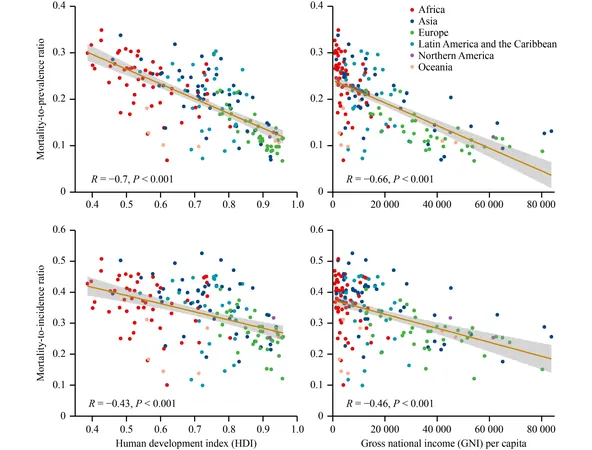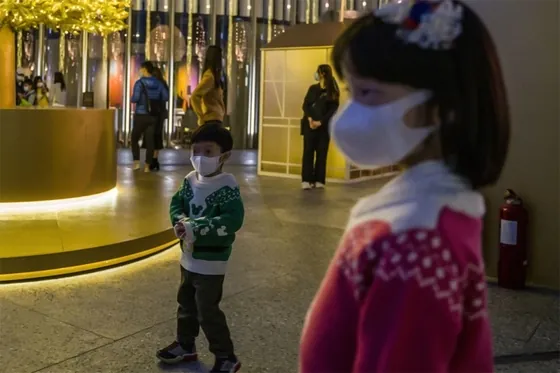
Shocking Disparities in Cancer Rates Across the Globe Uncovered in Analysis of 36 Types of Cancer!
2025-01-08
Author: Daniel
Cancer continues to be a formidable public health crisis worldwide. The GLOBOCAN 2020 report unveiled alarming statistics, highlighting an estimated 19.3 million new cancer cases and 10 million deaths attributed to the disease. With factors like population growth, aging, and increasingly unhealthy lifestyles, experts predict that the cancer surge will only worsen in the coming years.
A recent secondary analysis scrutinizing global cancer statistics covered 36 different types of cancer across 185 countries. This comprehensive study aimed to shed light on the stark disparities in cancer incidence, mortality, prevalence, and how these factors correlate with Human Development Index (HDI) and Gross National Income (GNI). The findings were recently published in the esteemed journal, Frontiers of Medicine.
Key Findings
Breast cancer emerged as the most commonly diagnosed cancer globally, while lung cancer topped the charts as the leading cause of cancer-related deaths. High HDI regions exhibited the greatest number of cancer cases but showed a lower mortality-to-prevalence (MPR) and mortality-to-incidence (MIR) ratio when compared to their low and medium HDI counterparts. The analysis highlighted a troubling trend: low HDI countries, particularly in Africa, faced the highest MPR and MIR ratios, indicating a harsher reality for those battling cancer in these regions.
The research further revealed that males and older adults are hit the hardest, struggling with poorer outcomes and a grim prognosis. Notably, higher levels of HDI and GNI correlated positively with cancer incidence and mortality but inversely related to MPRs and MIRs. This suggests that socioeconomic factors are critical influencers in determining cancer outcomes.
The findings advocate for a targeted approach to tackle the global cancer crisis, emphasizing the dire need for early detection, screening, and improved treatment options, especially in low and medium HDI nations. Universal health coverage and access to essential medicines are paramount, along with policy interventions aimed at minimizing exposure to environmental carcinogens.
In a world where cancer is on the rise, this study is a powerful call to action for governments and healthcare professionals. It is essential to mobilize resources, implement tailored strategies, and educate communities to effectively combat this global health challenge. The fight against cancer requires immediate attention—let's ensure that no country is left behind!
Stay informed and take action now because every second counts in the battle against cancer!






 Brasil (PT)
Brasil (PT)
 Canada (EN)
Canada (EN)
 Chile (ES)
Chile (ES)
 Česko (CS)
Česko (CS)
 대한민국 (KO)
대한민국 (KO)
 España (ES)
España (ES)
 France (FR)
France (FR)
 Hong Kong (EN)
Hong Kong (EN)
 Italia (IT)
Italia (IT)
 日本 (JA)
日本 (JA)
 Magyarország (HU)
Magyarország (HU)
 Norge (NO)
Norge (NO)
 Polska (PL)
Polska (PL)
 Schweiz (DE)
Schweiz (DE)
 Singapore (EN)
Singapore (EN)
 Sverige (SV)
Sverige (SV)
 Suomi (FI)
Suomi (FI)
 Türkiye (TR)
Türkiye (TR)
 الإمارات العربية المتحدة (AR)
الإمارات العربية المتحدة (AR)